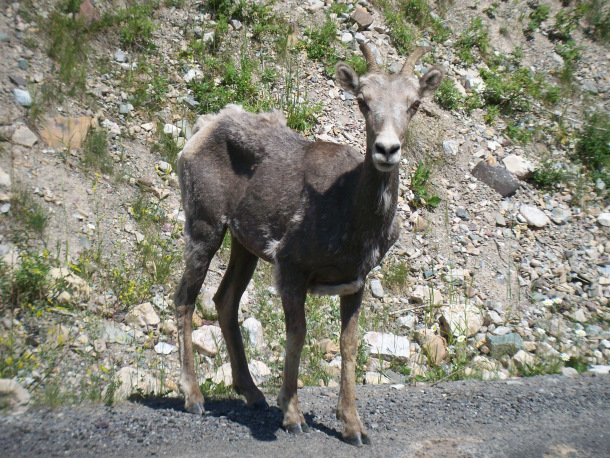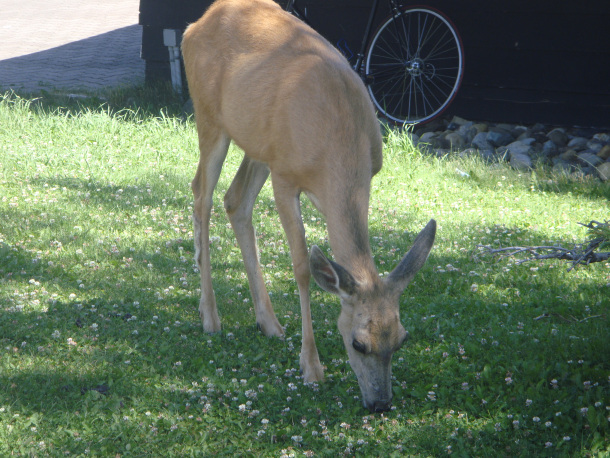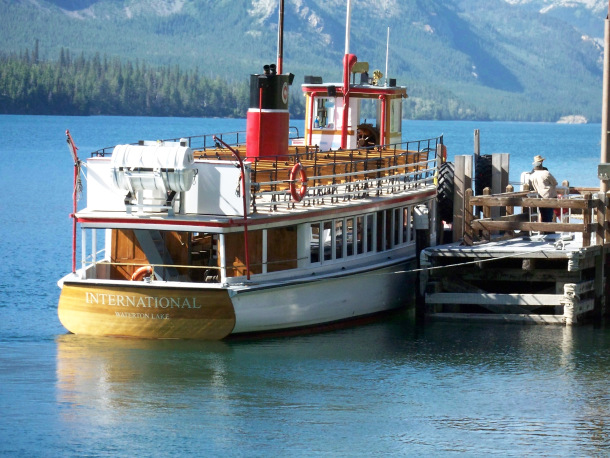Part of educating for hope is “reading the world” in hopeful while living “in dynamic interrelationships” with others (Paulo Freire, Pedagogy of the Oppressed, p. 102). This means opening the world to eloquent questions without presupposed answers and without the threat of violence of any form. I used the quote in a recent book chapter I co-authored with a colleague from North Carolina. The book is to be published in late 2020 or early 2021. What does it mean to live in a world full of hope; a hope(ful) world.
My first day back from the retreat I posted about in Welcoming Differences and Gentle Rain I noticed the students were subdued. In the afternoon, I was alone, which was unusual. Without an adult and teaching three grades, it could be demanding. Other times, it provided interesting moments, and this turned into one of those moments.
I had contacted a substitute teacher I had used several years before and who was available again after completing a long term assignment for an ill teacher. As we talked about what was bothering me, the students told me they had not enjoyed the teacher. I was surprised, as he had seemed a good fit before. I asked for an example and they told me he had told them their conversation was inappropriate. This was unusual, as the students in this group were well-behaved and respectful. I asked them what the conversation was about and they told me, while completing some Science, one student asked “Do pigs have udders?” Apparently, this became a hotly debated topic and it was brought up again today.
I laughed. For me, it was funny and pointed to an irrevocable human truth: curiosity about the world we live in and eloquent questions leading to exploring the world and learning about it. We had serious fun as we talked about what udders were and their role in feeding offspring. I even phone Kathy, who was raised on a farm, and asked he. She was not sure, but thought it was a structural thing and pigs probably did not have it. We left it as an open question.
Simple question,
Emerging eloquently,
Not presupposing answers;
Fueling curiousity–
Energizing learning.
What does this mean?
Is it true?
Querying and questing;
Seeking to fill gaps;
Not with certitude;
New questions emerging.
With passing years,
Recalling that moment,
Smiling, chuckling;
Appreciating simple, provocative question–
Do pigs have udders?
As best as we can learn, they do and it was fun trying to figure it out. Adolescent children ask the darnedest things. Laughter is an antidote for difficult moments. Something I learned as a student teacher was a safe classroom allows children, youth, and probably adults to ask provocative questions with no preconceived answers. In the polarized world we live in, we have lost that assurance of safety and are reluctant to ask questions needing answers.
I will save you looking up the answer on the Internet. Pigs do not have udders. Udders are a reference to mammary glands on certain mammals and it has to do with their structure. I read a version of this poem for a group at a retreat in Wisconsin. As I finished, adults wanted to know the answer. I said I didn’t know and someone looked it up on the spot.
I don’t have a picture of a pig. Here is one of a bear I took in Waterton Lakes National Park. Bear and pigs are related, so it was as close as I could get.

























